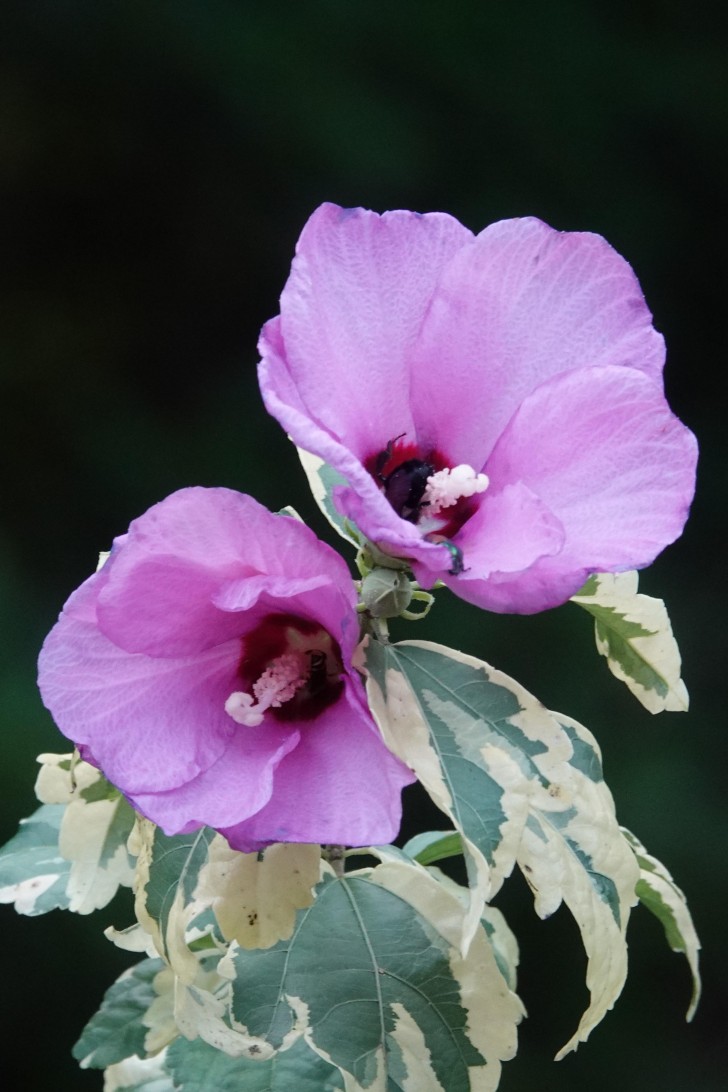Never plant or sow these species in autumn if you want them be healthy and lush in the upcoming year

Autumn is the ideal season for gardening, planting and sowing, especially when it comes to shrubs and large perennial trees - which thanks to cooler temperatures and more frequent rainfall, can establish a larger and stronger root system. However, not all plants are suitable for autumn sowing/planting, since many have poor resistance to frost and the harsh winter temperatures can put a strain on the growth of young shoots.
Although many autumn plants are wonderful to have at this time of the year, often the best time for sowing/planting these is in spring, when there is no risk of frost.
So what plants should not be cultivated in autumn? Let's find out:
1. Gardenia

Like all broad-leaved evergreen plants, gardenias are best planted in spring, to avoid the risk of winter frosts killing the young plants. Gardenias are very sensitive to frost and if the root system is not well developed, it may not survive the cold season.
Spring planting will allow gardenias to develop properly and they will bloom from the beginning of summer and throughout autumn.
2. Summer-flowering bulbs

Most bulbs that flower in spring - such as tulips and daffodils - are usually planted in autumn, but attention must be paid to their flowering period: some varieties of dahlias, calla lilies and freesias bloom in summer and are therefore preferably planted in spring, in order to ensure the correct development of the plants.
In case of frost, it is also advisable to dig up the bulbs when winter arrives and replant them the following season.
3. Autumn anemones

Autumn flowering bulbs such as Anemone japonica or Anemone hupehensis need to be planted in spring, in order to avoid the risk of root rot caused by excessive winter humidity. It's much better to plant them in spring and wait for the following season to enjoy their flowers.
4. Lavender

Lavender is usually a fairly hardy plant, but young shoots are at risk in winter for two reasons: frost could affect above-ground shoots, while excessive winter moisture could cause rot and damage to young roots. Wait until mid-April to plant young lavender. These will give you wonderful and long-lasting flowering periods in summer and will survive the winters without damage.
5. Hybiscus siriacus

Hybiscus siriacus, also known as Althea or Sharon's Rose, is a wonderful bushy shrub, capable of producing wonderful blooms in summer. This plant is quite resistant to drought, wind, disease and cold, but in the early years it needs to be protected - at least until the bark develops on the stem. For this reason, planting them in spring would be preferable.
You will undoubtedly be able to enjoy these blooms in your gardens, but wait until spring to plant them!